Multi-Functional: This suggests that the device has multiple functions or features, meaning it can be used for various purposes, likely related to fitness, muscle training, and postpartum recovery.
Beauty Leg Device: This part of the description suggests that the device may be used to enhance the appearance and tone of the legs. It may help with exercises that target leg muscles for aesthetic purposes.
Pelvic Floor Muscle Trainer: Pelvic floor exercises are often recommended for women, especially postpartum, to strengthen the pelvic muscles. This can help with issues like incontinence and pelvic organ prolapse. This device may include features for pelvic floor muscle training.
Postpartum Repair: Postpartum refers to the period following childbirth. “Postpartum repair” suggests that this device may have features aimed at aiding in the recovery and strengthening of muscles and tissues that may be affected during pregnancy and childbirth.
Leg Clamps Can Be Counted: This feature suggests that the device may include a counting mechanism or display to keep track of the number of repetitions or exercises performed. Counting can be helpful for monitoring progress and staying consistent with a fitness routine.
Overall, without specific product details or specifications, it’s challenging to provide a comprehensive review or assessment of this device. It’s important to carefully read the product description, user reviews, and consult with a healthcare professional or fitness expert if you have specific postpartum or fitness needs to determine if this device is suitable for your purposes. Additionally, ensure that any product you consider meets safety and quality standards.
Leg Muscle Toning: These types of devices often include resistance settings or bands to provide resistance while performing leg exercises. They can help tone and strengthen leg muscles, including the quadriceps, hamstrings, and calf muscles.
Pelvic Floor Strengthening: For postpartum recovery and pelvic floor muscle training, the device may have specific modes or attachments designed to target the pelvic floor muscles. These exercises can help improve pelvic floor health and address issues like urinary incontinence.
Counting and Monitoring: As mentioned, many fitness devices include a counting or monitoring feature. This can be in the form of an LCD display that tracks the number of repetitions or exercises performed. Some advanced models may also connect to smartphone apps for more in-depth tracking.
Adjustable Settings: To accommodate users with different fitness levels and goals, these devices often have adjustable settings. You can increase or decrease resistance, change exercise modes, or adjust the intensity to suit your needs.
Compact and Portable: Many fitness devices are designed to be compact and portable, making them easy to use at home or take with you to the gym or when traveling.
Safety Features: Safety is essential, especially when using devices for postpartum recovery or muscle training. Look for devices that have non-slip surfaces, padded grips, and secure fastenings to prevent accidents or injuries.
User Manuals and Guidelines: Always read the user manual and follow the guidelines provided by the manufacturer. This ensures you use the device correctly and safely.
Safety Precautions: When using any fitness or postpartum recovery device, it’s essential to prioritize safety. Ensure that the device is stable and secure before use. If you’re using it postpartum, consult with your healthcare provider to ensure it’s safe for your specific condition.
Postpartum Recovery: Postpartum recovery typically involves exercises that focus on the pelvic floor, core, and overall strength. While devices like the one mentioned can be helpful, traditional exercises like Kegels, gentle abdominal exercises, and walking can also play a crucial role in recovery.
User Experience: Read user reviews and testimonials for the specific product you’re interested in. This can provide insights into how effective and user-friendly the device is.
Adjustability: Look for a device that offers adjustable resistance or intensity settings. This allows you to tailor your workouts to your current fitness level and gradually increase the challenge as you progress.
Portability and Storage: Consider the size and portability of the device. If you have limited space at home, a device that can be easily stored or folded is convenient.
Battery or Power Source: Some devices may be powered by batteries or require charging. Make sure you understand how the device is powered and if it comes with a charger or batteries.
Maintenance: Check whether the device requires any specific maintenance, such as cleaning or lubrication of moving parts.
Warranty and Customer Support: Investigate the warranty and customer support options offered by the manufacturer. This can be important in case you encounter any issues with the device.
Consultation: If you’re unsure about using a specific device, consult with a fitness trainer, physical therapist, or healthcare provider. They can offer guidance based on your individual needs and goals.
Budget: Set a budget for your purchase. Fitness and postpartum recovery devices come in a wide range of price points, so it’s essential to find one that aligns with your budget while meeting your requirements.
Remember that individual results may vary, and it’s important to listen to your body during exercises, especially during postpartum recovery. If you experience pain or discomfort, stop using the device and consult with a healthcare professional.



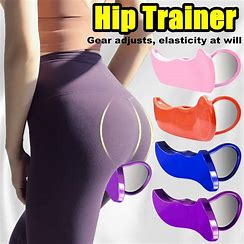
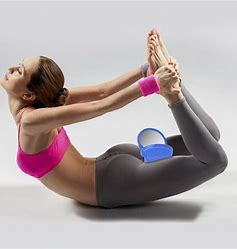
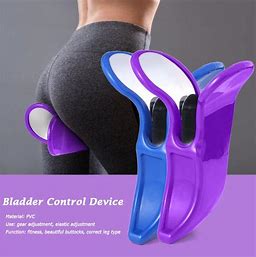

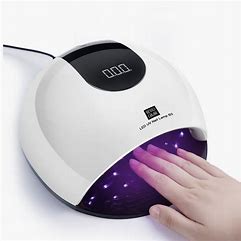
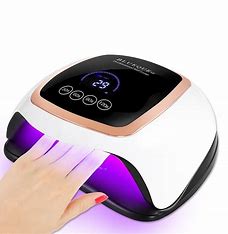
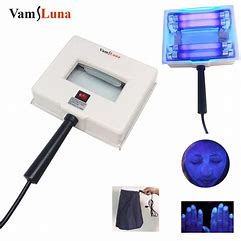
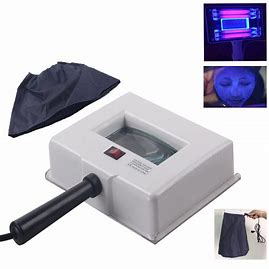
Reviews
There are no reviews yet.